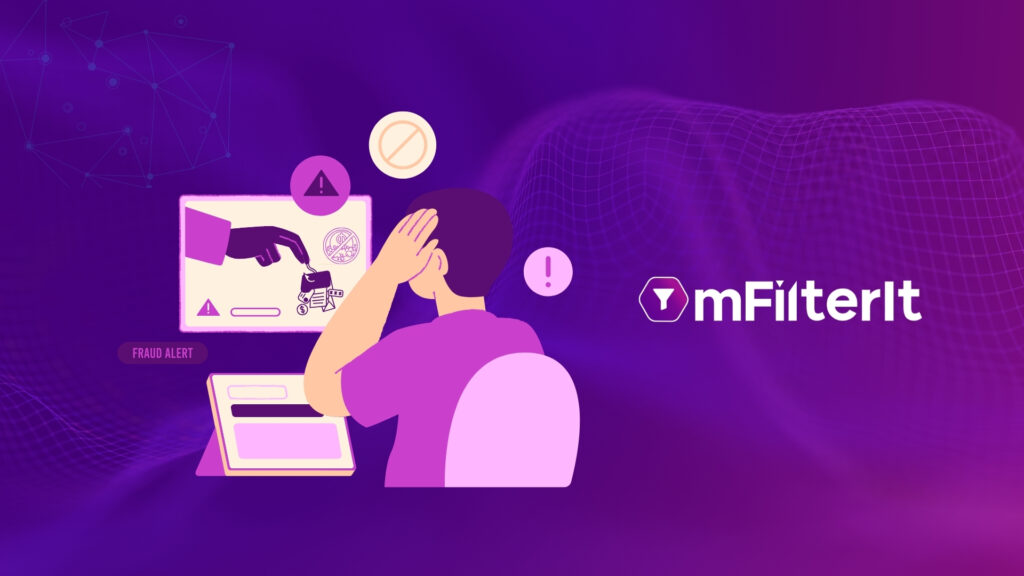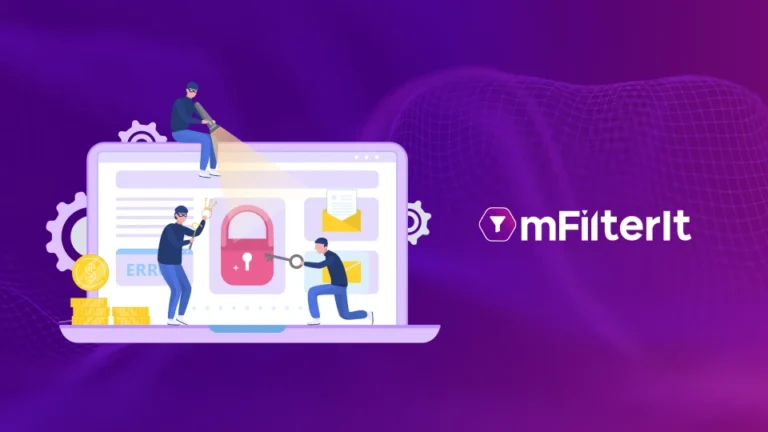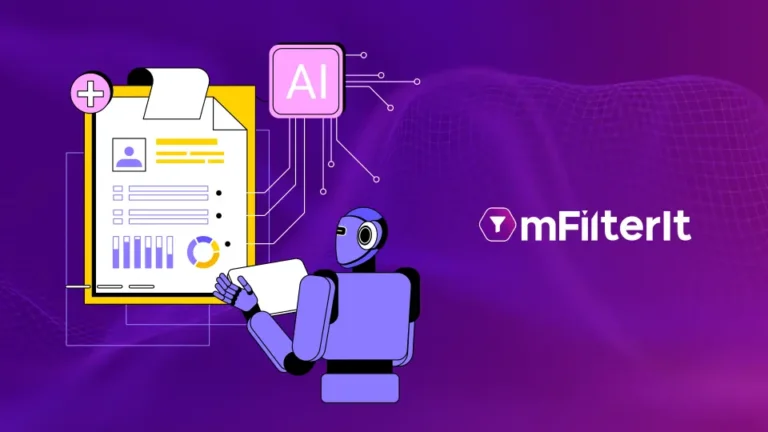With brands shifting a large amount of their budgets to digital platforms, programmatic advertising plays a crucial role in how brands optimize their budget at each stage of the funnel.
The programmatic advertising market in India is still considered to be at a nascent stage; however, it has taken a steep curve and is not going to stop.
According to the Dentsu-e4m Digital Report 2025, programmatic advertising contributed
₹20,686 crore, accounting for 42% of India’s digital media expenditure by the end of 2024, reflecting a 21% growth over 2023. The report further projects this momentum will continue, with programmatic expected to represent 44% (₹30,405 crore) of the digital advertising market by 2026, growing at a compound annual growth rate (CAGR) of 21.24%.
With the power to automate media buying and provide real-time data, programmatic campaigns offer unmatched scalability and precision. But with great opportunity comes significant risk. If not handled carefully, programmatic campaigns can fall prey to inefficiencies and ad fraud, draining budgets and damaging brand reputation.
This article will guide you through the fundamentals of programmatic advertising, key strategies for success, and how to safeguard your campaigns from programmatic ad fraud. Whether you’re a marketer, advertiser, or decision-maker, this comprehensive guide will help you run campaigns that are both effective and safe.
What is Programmatic Advertising?
Programmatic advertising is the automated method of buying and selling digital ad inventory through sophisticated software and real-time bidding (RTB) technologies. Unlike traditional advertising, which involves direct negotiations and manual placements, running programmatic ads enables instant, data-driven decisions regarding which ads to show to which user, and at what price. This automation brings efficiency, scale, and precision, allowing marketers to serve relevant ads to the right audience, at the right time, across websites, mobile apps, and connected TV (CTV) platforms.
Challenges and Limitations in Programmatic Advertising
1. Lack of Transparency Across the Supply Chain
The programmatic ecosystem involves multiple intermediaries – DSPs, SSPs, ad exchanges, data providers, and more. This fragmentation often leads to limited visibility into where ads are being served, how much each party takes from the media spend, and what environments your brand appears in. This is referred to as “programmatic black box” making it difficult to determine how much of the budget reaches the publisher versus being absorbed by hidden fees and commissions.
2. Limited Control Over Ad Placement
While advertisers can set targeting and exclusion parameters, the automated buying model means there’s still limited control over the final placement in open marketplaces. Ads can end up on irrelevant, low-quality, or even brand-damaging websites if proper safeguards are not in place, diluting campaign effectiveness.
3. Brand Safety Concerns
With ads being served in real-time across a vast inventory, there’s always a risk of them appearing next to inappropriate, misleading, or controversial content. This not only affects user perception but can severely damage a brand’s reputation if left unchecked. Fraudsters and low-quality publishers constantly find new ways to bypass basic detection systems. Moreover, not all platforms enforce the same content quality standards, making it harder for marketers to guarantee safe environments for their ads.
4. Programmatic Ad Fraud Threat
Programmatic ad fraud refers to malicious activities by fraudsters to manipulate the ad ecosystem for monetary gain. This often involves the use of bots, malware, or spoofed environments to simulate real user behavior, resulting in advertisers paying for non-existent impressions, fake clicks, or fabricated conversions.
For example, fraudsters might use domain spoofing to make a low-quality website appear as a reputable one or deploy botnets that mimic human interaction with ads. These deceptive practices compromise campaign performance, skew data, and go undetected without advanced ad fraud detection solutions.
According to first-party analysis by mFilterIt, conducted across 342 campaigns run in 2024, 31% of invalid traffic in India was coming from programmatic advertising platforms.
The highly automated and fragmented nature of programmatic advertising makes it especially vulnerable to these attacks, underscoring the need for continuous vigilance and robust verification mechanisms.
Why is there a need for fraud detection in Programmatic ad campaigns?
Since programmatic advertising involves a rapid decision-making process, everything cannot be monitored in real-time by humans, which makes these campaigns vulnerable to programmatic ad fraud. Therefore, fraud detection solutions have become an integral part of the ecosystem. These tools verify whether ads are viewable, brand-safe, and served to real users, utilizing pre-bid and post-bid filters, real-time analytics, and machine learning to detect fraudulent activity and ensure quality traffic.
Strategic Tips to Build a Safe and High-Performing Programmatic Ad Fraud Free Campaign
Rather than just checking off the setup steps, smart marketers need to focus on strategic execution. Here’s how to ensure your campaign is both effective and fraud-free:
1. Optimize Campaign Reach Through Audience Modeling
Use your first-party data (from CRM, website behavior, app engagement) to build micro-targeted audience segments. Supplement with second-party (from trusted partners) and third-party data (from DMPs) when relevant. Implement lookalike modeling and predictive analytics to identify potential high-value segments.
2. Prioritize Inventory Quality via Private Marketplaces (PMPs)
Avoid the chaos of open exchanges when possible. Private marketplaces offer access to premium publishers, controlled environments, and better transparency. Programmatic direct is also a comparatively safer option with predetermined pricing and placement.
3. Invest in Contextual Targeting
Align your ads with page content that reflects brand values and relevance without relying on user-level data. This enhances performance while staying privacy compliant.
4. Implement Frequency Capping and Creative Rotation
Serving the same ad repeatedly frustrates users and depletes ROI. Ensure your campaign respects frequency caps per user and rotates creatives for freshness. Be cautious of fraudulent traffic sources that breach frequency caps to maximize fake impressions, an often-overlooked fraud tactic.
5. Exclude MFA (Made-for-Advertising) Sites
MFA sites are low-value domains packed with ads and clickbait content. They exist solely to monetize traffic through ads. These environments offer little to user engagement, dilute brand value, and quietly drain ad budgets. Ensure your inventory sources filter out such domains or apply inclusion lists of verified publishers.
6. Leverage Real-Time Analytics for Optimization
Monitor campaign KPIs – CTR, bounce rate, viewability, conversion rate, alongside fraud indicators. Use real-time data to optimize bidding strategies, pause underperforming placements, and reallocate budgets to high-ROI segments.
7. Use Ad Fraud Detection and Brand Safety Tools
Incorporate an AI-ML-based ad fraud detection solution to assess impression quality based on deterministic, heuristic, and behavioral checks before your ad is served. This proactive layer helps reduce exposure to bot traffic, spoofed domains, and unsafe environments.
By focusing on these nuanced, strategic tips, not just automation, you can significantly enhance campaign performance while reducing exposure to waste and programmatic ad fraud.
How mFilterIt Can Help Protect Your Campaigns from Programmatic Ad Fraud?
India’s digital and programmatic advertising market is experiencing exponential growth; therefore, having a robust fraud prevention solution isn’t just helpful, it’s necessary.
Our fraud detection solution, Valid8, stands out as a comprehensive, end-to-end traffic validation and ad fraud prevention tool tailored to meet the evolving challenges of modern programmatic advertising. Here’s how:
1. Proactive Bot and Invalid Traffic Detection
Our solution uses advanced behavioral analysis, device fingerprinting, and session pattern recognition to detect sophisticated bots and invalid traffic. Instead of relying solely on traditional indicators like IPs or user-agent strings, it leverages machine learning to dynamically adapt to emerging fraud tactics, ensuring high detection accuracy and minimal lag in response.
2. Domain Spoofing Protection
Our fraud detection solution continuously monitors ad serving environments and cross- checks metadata to detect domain spoofing. By validating the authenticity of publishers in real time, Valid8 prevents your ads from being shown on misrepresented or unauthorized inventory, protecting both campaign integrity and brand safety.
3. MFA (Made-for-Advertising) Site Identification
Valid8 actively identifies and filters MFA sites by analyzing contextual signals, user engagement quality, ad density, and scroll behavior. This prevents budget leakage on environments that are designed to generate ad impressions without delivering meaningful user interaction, ensuring your ads appear only in truly impactful contexts.
4. Frequency Capping Breach Monitoring
Excessive ad exposure can irritate users and drain campaign efficiency. Our tool tracks and flags violations of frequency capping across fragmented inventories and platforms. This enables marketers to maintain optimal exposure levels and preserve user experience, something often overlooked in the fast-paced programmatic environment.
5. Full-Funnel Campaign Protection
Valid8 secures your programmatic campaigns at every touchpoint from impression and engagement through to conversion and post-conversion behavior. This full-funnel visibility ensures that fraud is detected and removed not only at the surface level but throughout the buyer journey, delivering cleaner attribution and greater ROI clarity.
Final Thoughts
As the Indian programmatic advertising ecosystem matures, the responsibility falls on marketers and decision-makers to ensure their campaigns are not just effective but also clean, compliant, and fraud-free. Every click, impression, and conversion should come from a real user, not a bot or spoofed domain.
At mFilterIt, we believe that great advertising starts with validated, fraud-free data. With Valid8, our ad fraud protection solution, we don’t just detect fraud; we help you eliminate it before it impacts your KPIs, ensuring your media spends go exactly where they should: toward real results.
Ready to see what clean campaigns can do for you? Take the first step towards securing your campaigns from programmatic ad fraud.
Schedule a personalized demo and discover how mFilterIt can help you safeguard your ad investments, improve ROI, and build campaigns that truly perform.




